I ditched my Surface Book 2 for a Razer Blade 15 — but will I go back?
During the European heatwaves this summer, I came to a realization: the throttling on the Surface Book 2 was making me less productive. It was time for a switch.
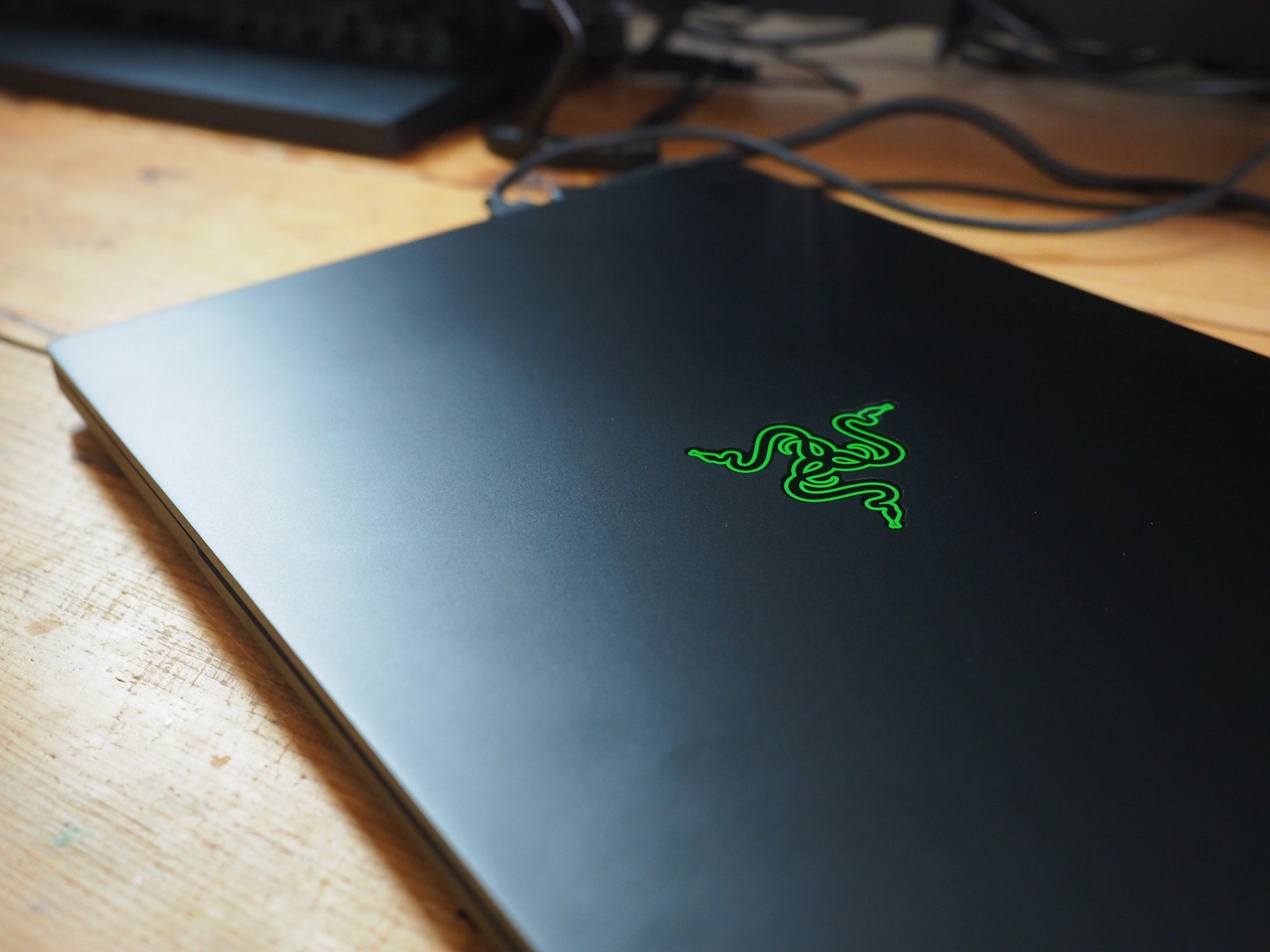
The summer has been particularly toasty in Europe this year, particularly living in a country that seemingly hasn't discovered domestic air conditioning yet. The ambient heat was particularly harsh on my Surface Book 2, which, with its slim form factor, simply hasn't been up to the task at dispensing the summer heat. I'm used to the Surface Book 2 not being a decent gaming option for anything current, but the throttling was beginning to spill over to regular productivity tasks, like Adobe Premiere, and even just browsing on Microsoft Edge. As such, I decided it was time for a change.
I've flipped between Razer and Surface a few times over the past few years for my daily-driver. This year's Razer Blade 15 is arguably the company's best effort thus far, both from a gaming and productivity standpoint. These are my early experiences with switching to the Blade from the Surface.
Related: Is it time for a gaming Surface?
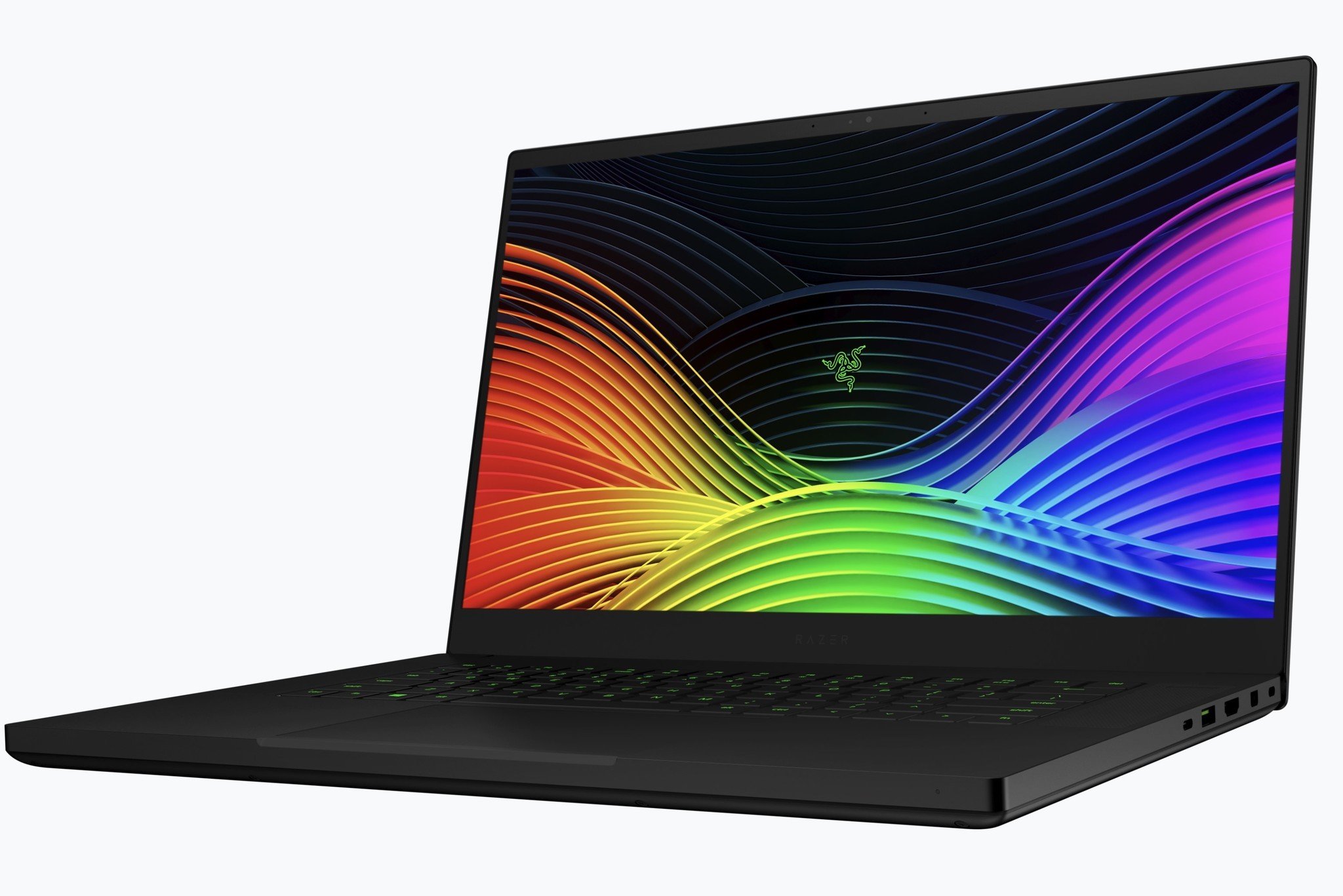
Solid gaming at a good price
On the base Razer Blade 15 model, I'm finding that it more than delivers at this price point.
Gorgeousness
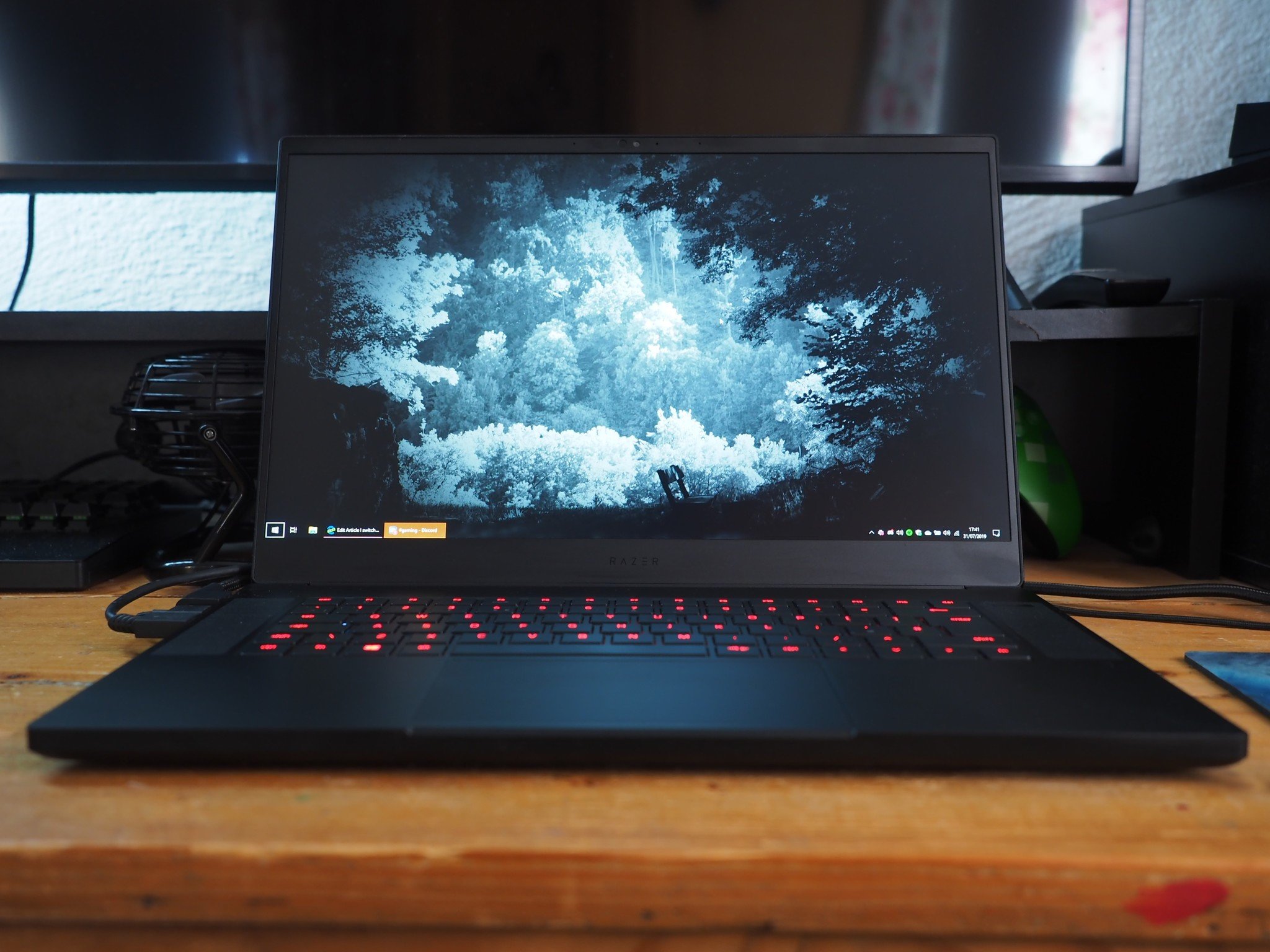
The Blade 15 for 2019 is a big step up from the previous Razer laptop I used, most notably when it comes to the display. I picked up the 144hz RTX 2060 model, which has the smoothest display panel I've ever used. The bezels have been shrunk by a large amount, which looks far more modern than Razer's previous efforts.
Besides the display, the 2019 Blade doesn't revolutionize the brand's design direction. It's still super slim, although the rubber feet on the underside give the laptop greater floor clearance, creating better airflow. Razer also managed to ensconce a handy Windows Hello camera into the upper bezel, which makes for convenient log-ins.
Alongside the black variant I have, Razer offers a white option for some of its configurations. While I do like the black, if for no reason other that it matches my TV and Xbox One X, it attracts dust and smudges like a magnet. It looks sleek while closed, though, with harder corners than previous laptops, which makes it look a bit more mature.
| Razer Blade 15 Specs | Base Model | Advanced Model |
|---|---|---|
| Graphics | Up to NVIDIA RTX 2060 | Up to NVIDIA RTX 2080 |
| Processor | Up to Intel Core i7-9750H | Up to Intel Core i7-9750H |
| RAM | 16GB DDR4 | 16GB DDR4 |
| Storage | Up to 2TB HDD w/ 256GB SSD | Up to 512GB SSD |
| Display | Up to 15.6" Full HD 144Hz | Up to 15.6" 4K OLED Touch |
| Battery | 65 Wh (Up to 6 hours) | 80 Wh (Up to 6 hours) |
| Thickness | 0.78" x 9.25" x 13.98" | 0.70" x 9.25" x 13.98" |
| Weight | Up to 4.63 lbs | Up to 4.83 lbs |
Speaking of maturity, you can finally disable the green Razer logo lighting on the reverse of the display, even if I find the neon-green styling to still be a bit loud. You can also customize the chroma lighting on the keyboard in extreme ways, adding all sorts of ripples and rainbows if that's your thing. I tend to just leave it on a static red, matching my Windows 10 accent color.
Get the Windows Central Newsletter
All the latest news, reviews, and guides for Windows and Xbox diehards.
Another area where the Razer Blades excel is sound. The Book 2 isn't exactly awful in the sound department, but the larger, upward-firing speakers on the Blade offer a far better sound profile. You'd probably hope so too, given that this is marketed as a gaming laptop first and foremost.
Gaming, power, and cooling
On paper, the Surface Book 2 with its GTX 1060 should be a far more capable gaming device than it is, but due to throttling and power draw, it struggles even with older, relatively mid-range games. The RTX 2060-powered Razer Blade 15 is far more potent, pushing modest games like Overwatch and World of Warcraft on ultra graphics well over 100 FPS. More demanding games like Metro Exodus also run flawlessly on the Blade 15 at 1080p, on ultra settings, with RTX ray-tracing and advanced PhysX physics enabled too, although you'll sacrifice some FPS for the privilege.
Even on the hottest days where ambient temperatures hit 38C (around 100F), the Blade 15 didn't buckle, with large internal fans that drive far more cooling onto the components than the Surface Book 2 is capable of achieving. Admittedly, the keyboard and surface area around the rear vent got worryingly hot, almost too warm to touch. You can manually jack up the fan speed in the Razer Synapse software to offset this heat generation, however.
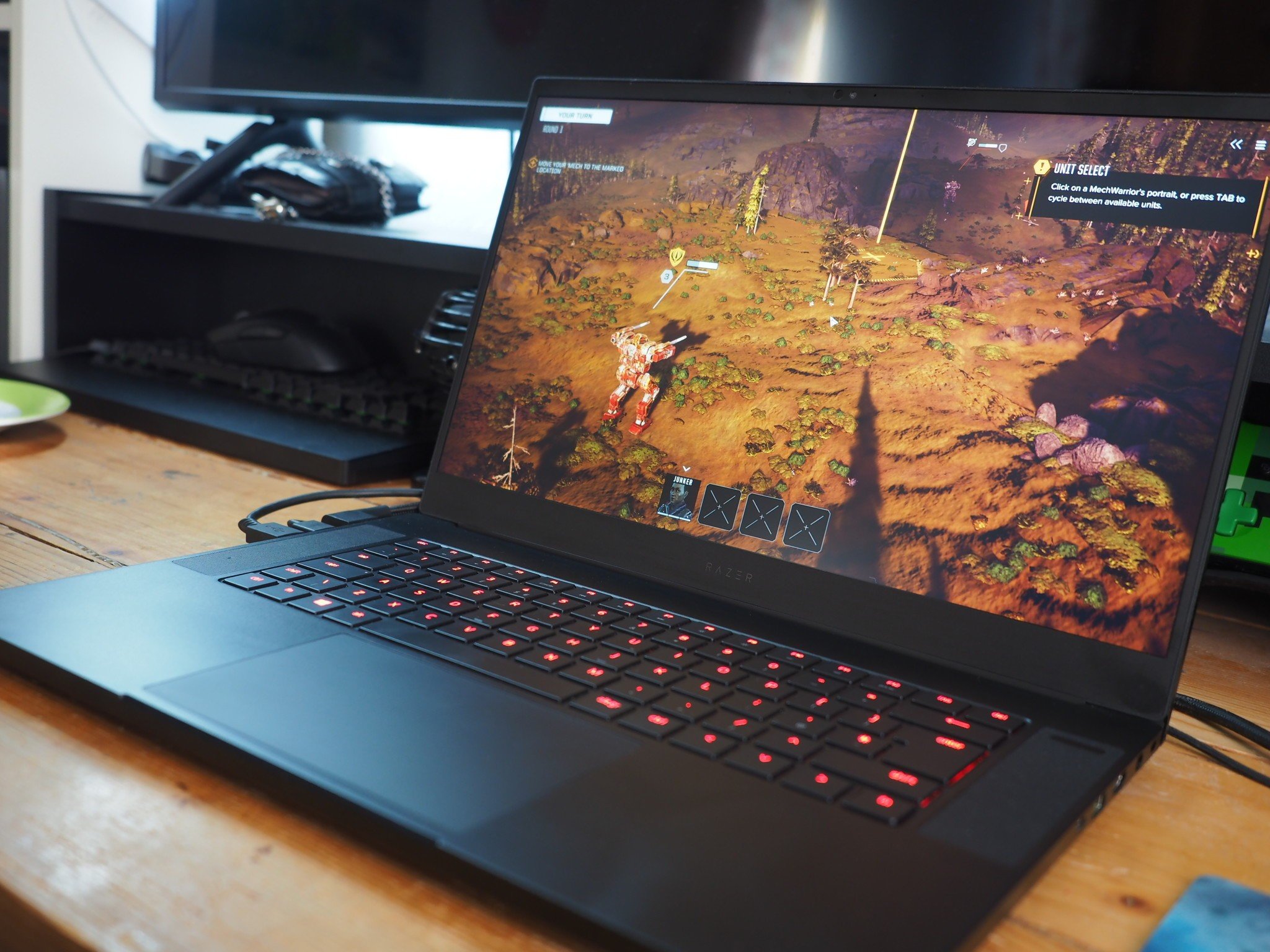
Perhaps the most noteworthy boost for this Blade over my previous one is noise. Playing games on my old GTX 1060 Blade was infuriatingly loud, which isn't exactly unheard of in a gaming laptop. However, unless you're manually pushing the fans, the Blade 15 is curiously quiet, even while running all but the most intensive tasks.
This is all while plugged in, by the way. Gaming without wall power, you're looking at around 3-5 hours at most in real-world gaming time, depending on what you do to limit power use. You can lower graphical intensity, either manually or via NVIDIA's "whisper mode" automated settings in the GeForce Experience app.
Surface sacrifices
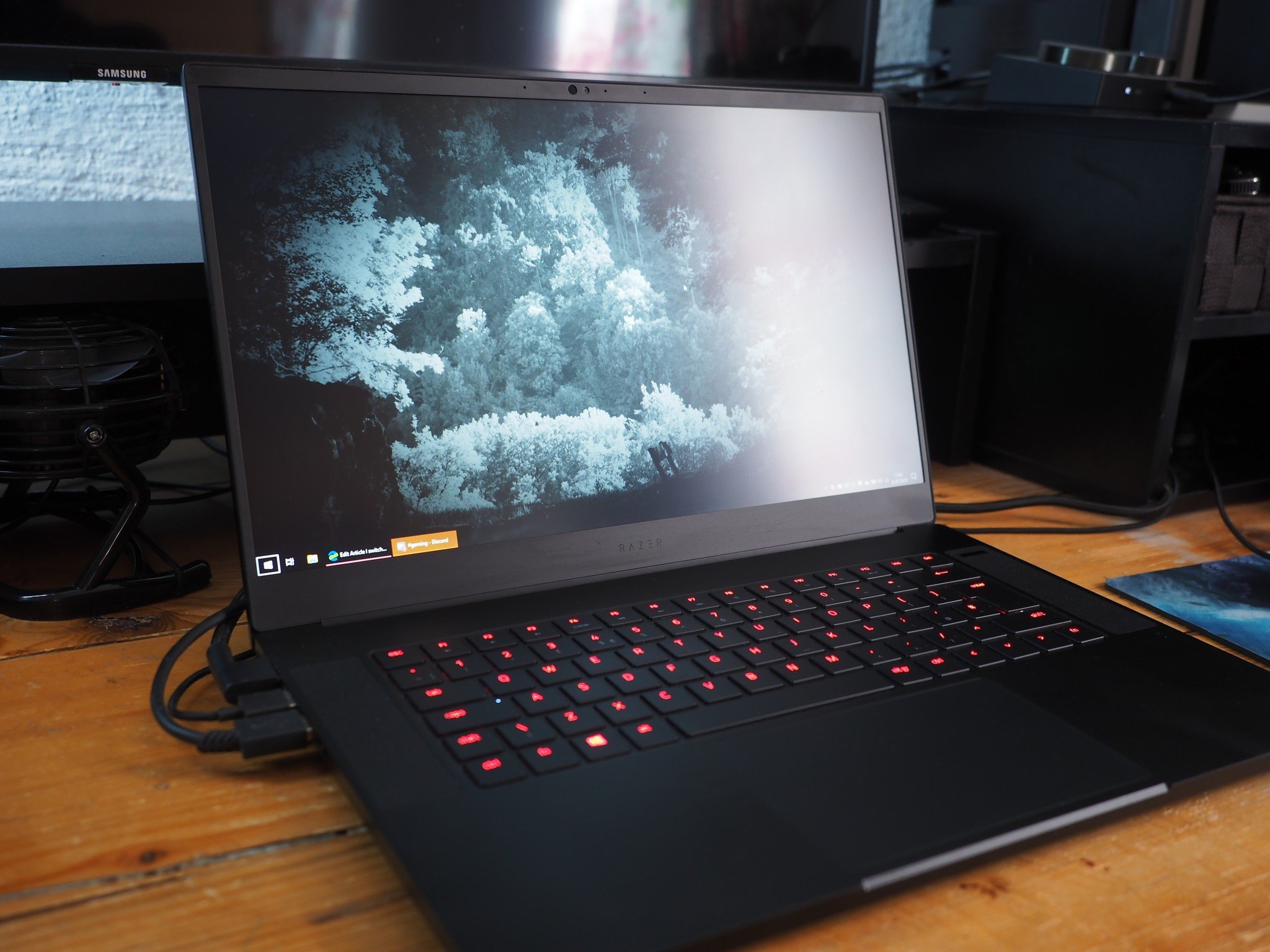
It's no wonder that a gaming laptop performs better at gaming tasks than a Surface Book 2. But given the internals in both devices, there is a convergence of gaming capability and productivity prowess between both devices. I have conceded some nice Surface Book features for the raw power of Razer, though.
I'm already missing the SD card slot on the Book 2. It's a minor thing, but having to use a USB-C dongle for basic productivity features like that is an annoyance. The Windows Hello camera is also nowhere near as rapid or sensitive as the Book 2's either, and the resolution is awful. In a world where game streaming has become the norm, it seems odd that Razer doesn't improve its webcam game a bit.
The Razer Blade 15 has proven itself to be a powerhouse.
Of course, I've also sacrificed a touch screen, which at least for me, isn't that big of a deal. I do like inking, and dabbling in digital art, but I didn't do it often enough to justify sacrificing raw power for that digitizer. Some Blade variants do come with a touch screen. For light digital sketching, I'm deferring to my Surface Go for now, which is much easier to work with as a tablet even if the screen is nowhere near as good.
Perhaps the biggest sacrifice is in the keyboard itself. The Razer Blade keyboard is just nowhere near as pleasant to type on versus Surface, which accentuates Microsoft's attention to engineering detail. Additionally, for some reason Razer decided it would be a good idea to put the up arrow right next to the right shift key, which leads to all sorts of typing mishaps if you're a touch typist. I've started to get used to it after a couple of weeks, but at least twice per article I'll hit up by mistake, shifting my cursor halfway up the document by mistake.
Sticking with Razer... for now
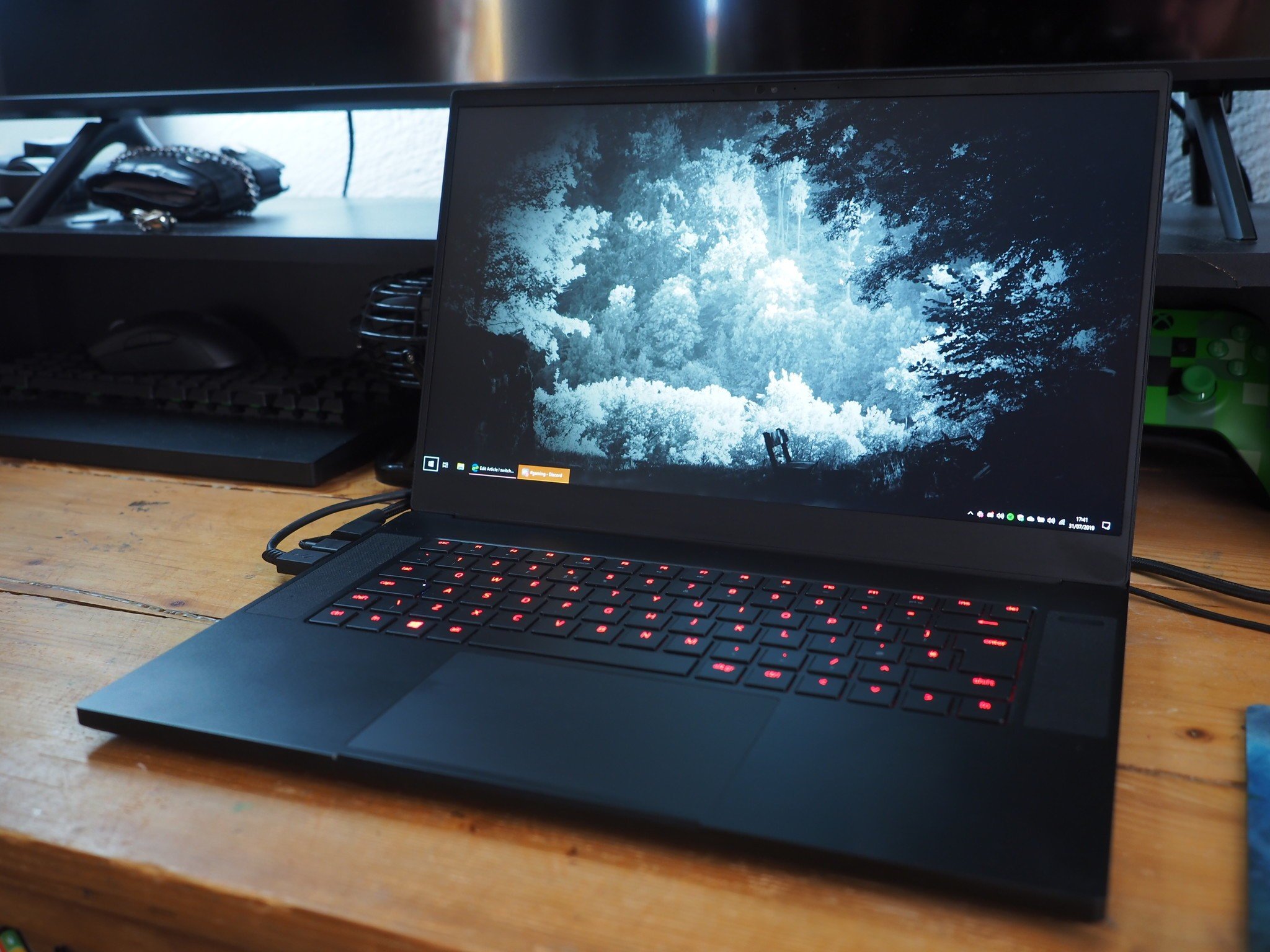
As much fun as the Surface lineup is, I'm starting to feel like they don't represent good value for money unless you're absolutely going to use every single aspect of the form factor. I never detached the display, except to reverse it into canvas mode, and I rarely used inking or touch. Additionally, it was the second time a Windows Update had caused issues with the detachable d-GPU in the Book 2, following from the May 2019 Update, causing me Blue Screens of Death. This lack of attention to software quality is unforgivable in a $3000 laptop in my opinion but stems from the Surface Book 2's outlying detachable configuration more than anything.
The Razer Blade 15 has proven itself to be a powerhouse for video editing, gaming, and general use already, with the thermals and sleek design to match. The Surface line seems generally skewed towards fun "what if" form factor scenarios, rather than more pragmatic solutions. The hardware is stunning, but as I get older, I feel like I want something a little more serious than fun from my laptops. Ironically, Razer — a gaming brand — seems to represent that better than Surface right now.

Great price for great gaming
Razer has proven itself to be a reliable brand for laptop gaming, and I'm more than happy with my purchase.
Cheap PC accessories we love
Take a gander at these awesome PC accessories, all of which will enhance your Windows experience.
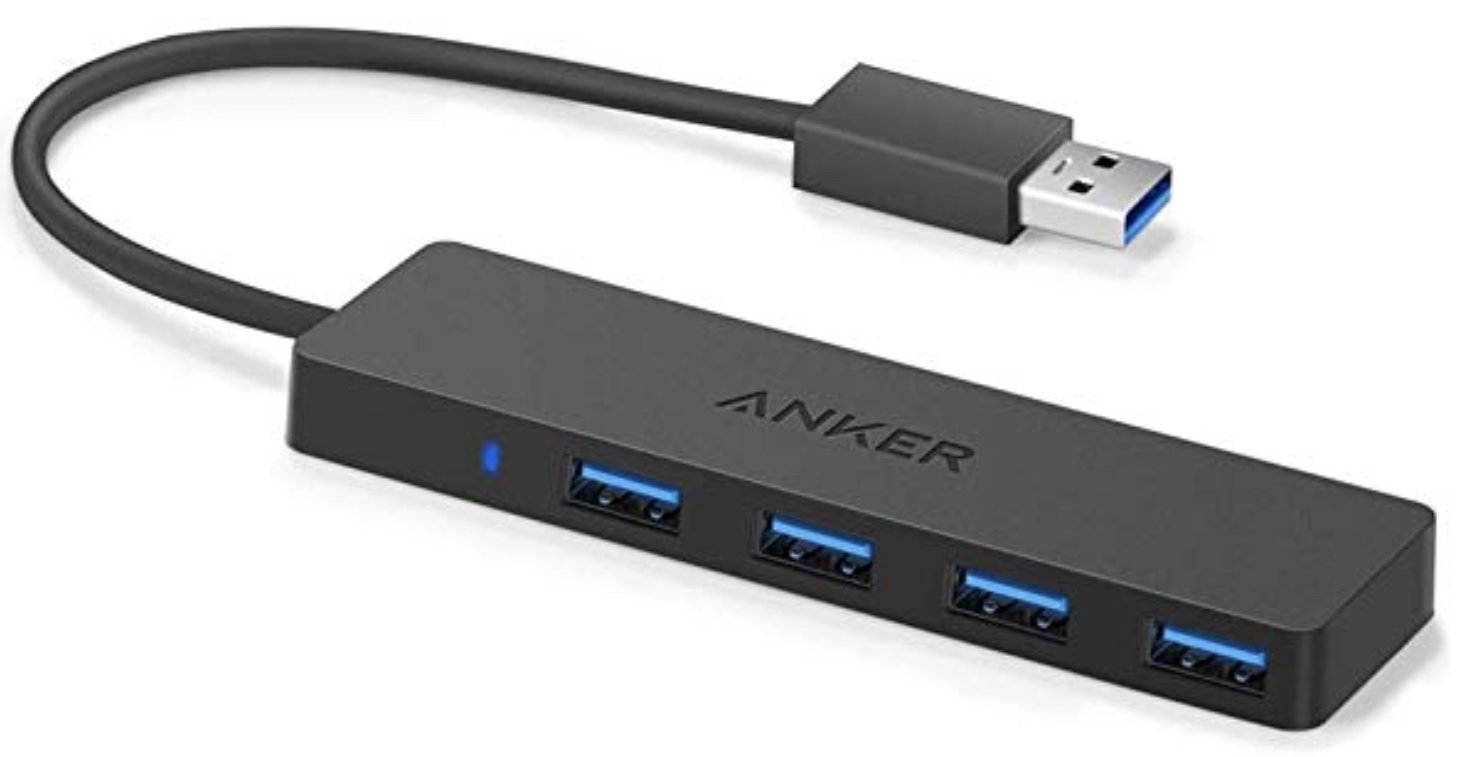
Anker 4 port USB 3.0 hub ($10 at Amazon)
Whether on a desktop or laptop PC, you always need more ports to connect things to. This hub gives you an additional four USB 3.0 Type A ports.
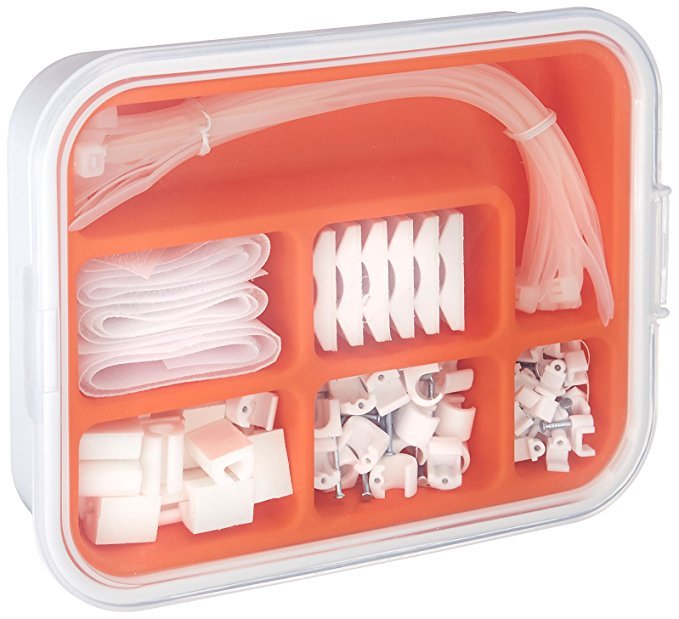
Ikea Fixa Cable Management System ($11 at Amazon)
This IKEA cable management kit is your ticket to a clean setup. It's simple and functional.
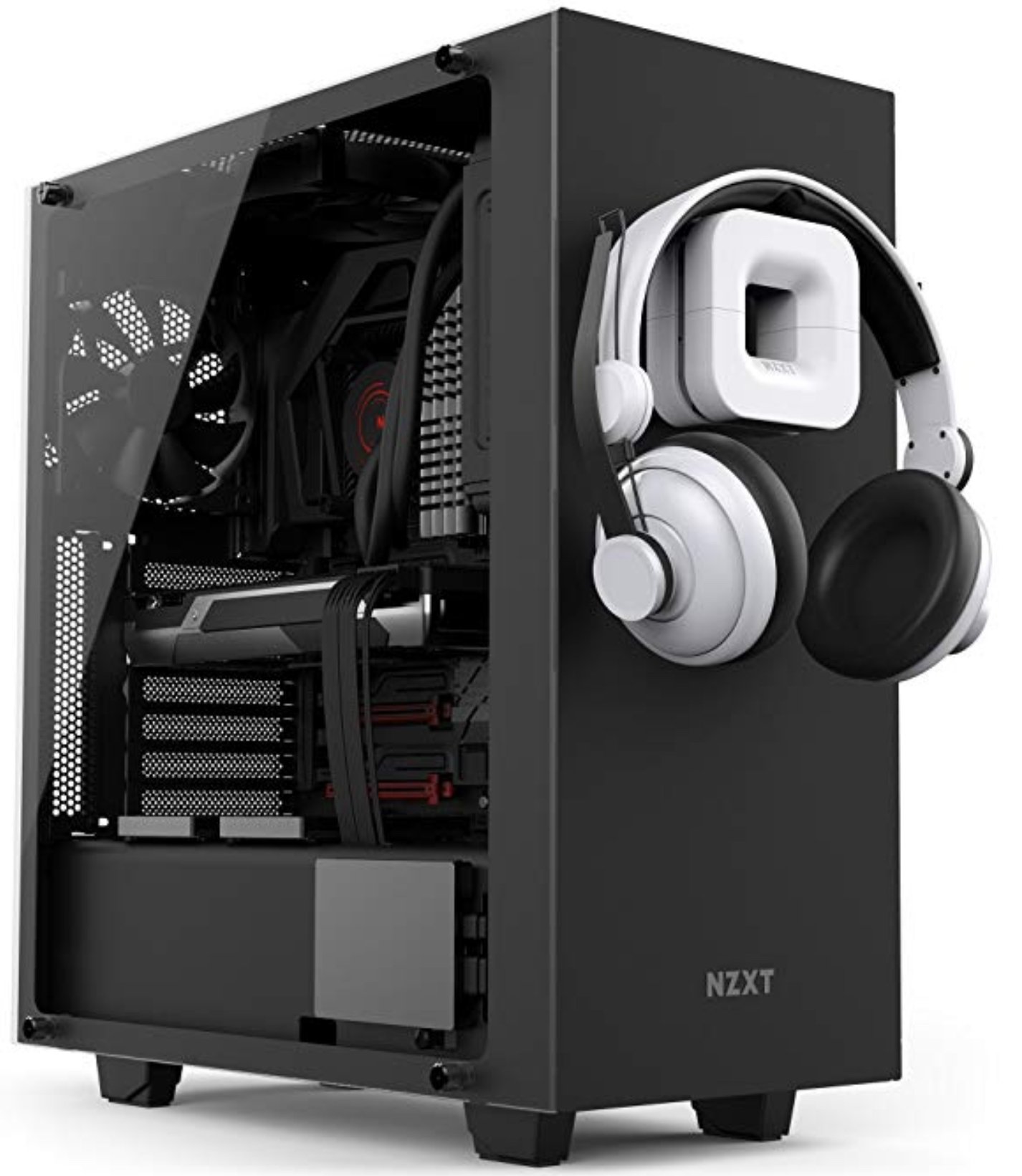
NZXT Puck ($20 at Amazon)
This clever little accessory has powerful magnets on the rear to make it stick to any of the metal panels on your PC case or anything else. It's great for hanging accessories like headsets.

Jez Corden is the Executive Editor at Windows Central, focusing primarily on all things Xbox and gaming. Jez is known for breaking exclusive news and analysis as relates to the Microsoft ecosystem while being powered by tea. Follow on Twitter (X) and Threads, and listen to his XB2 Podcast, all about, you guessed it, Xbox!
